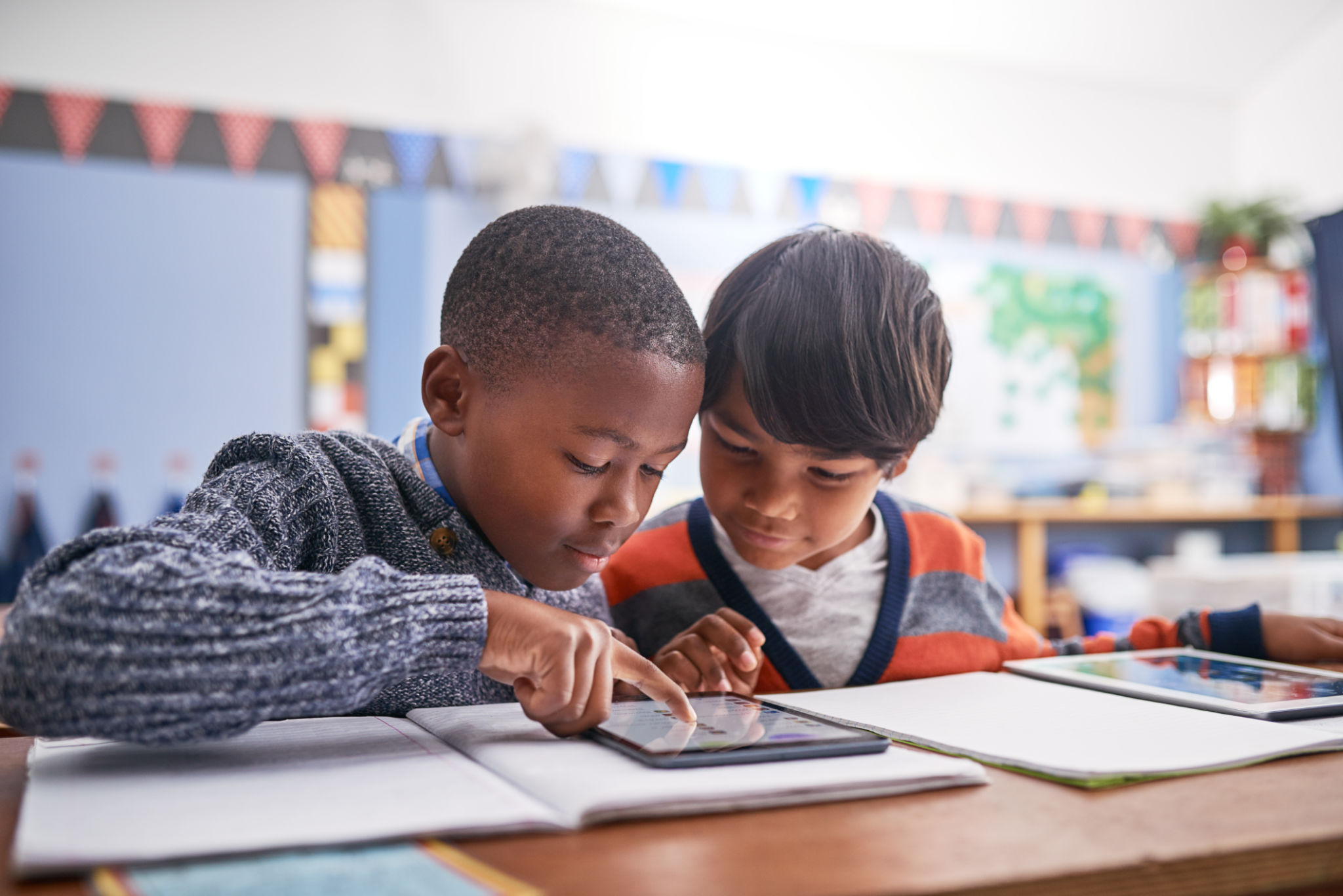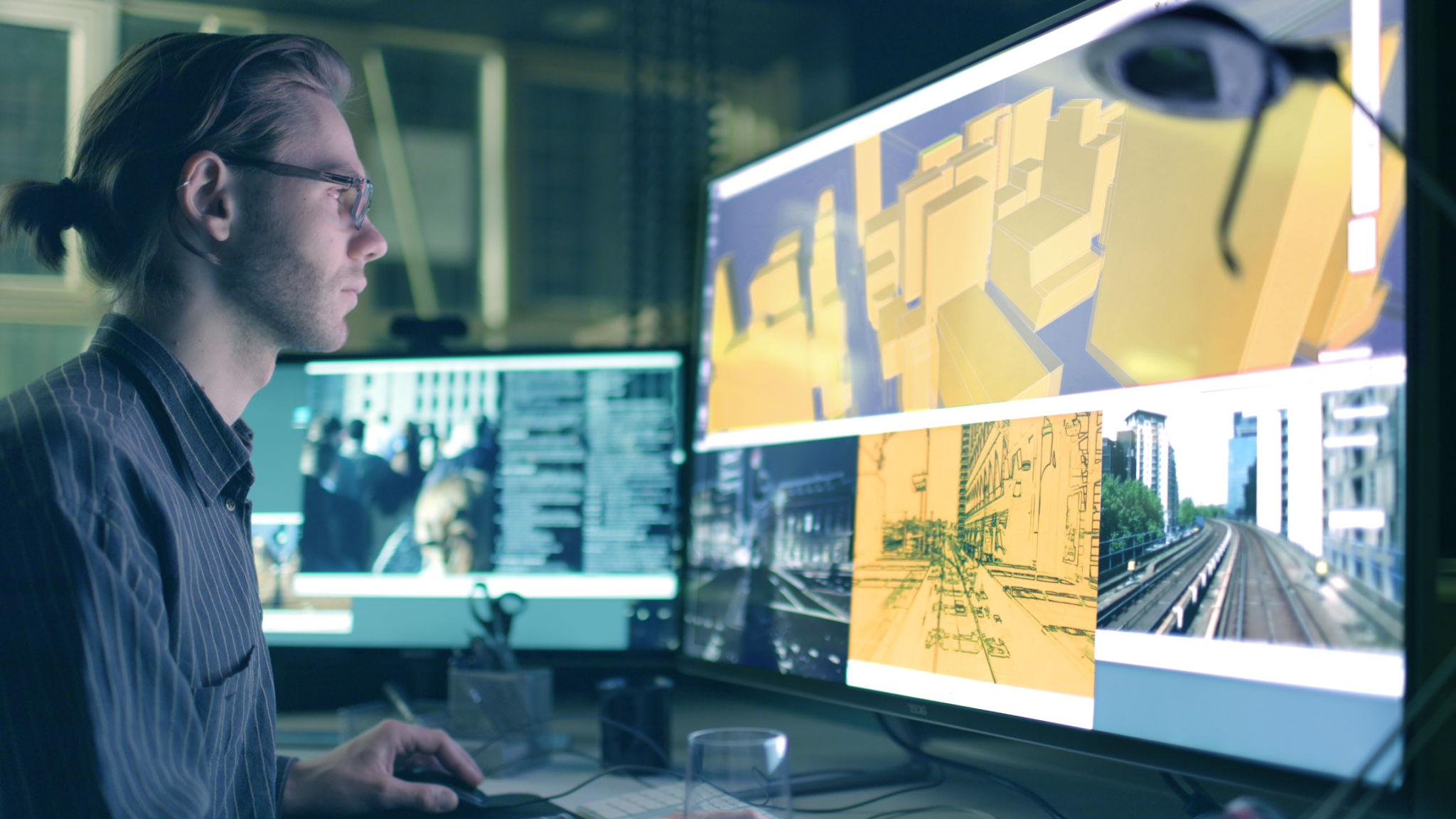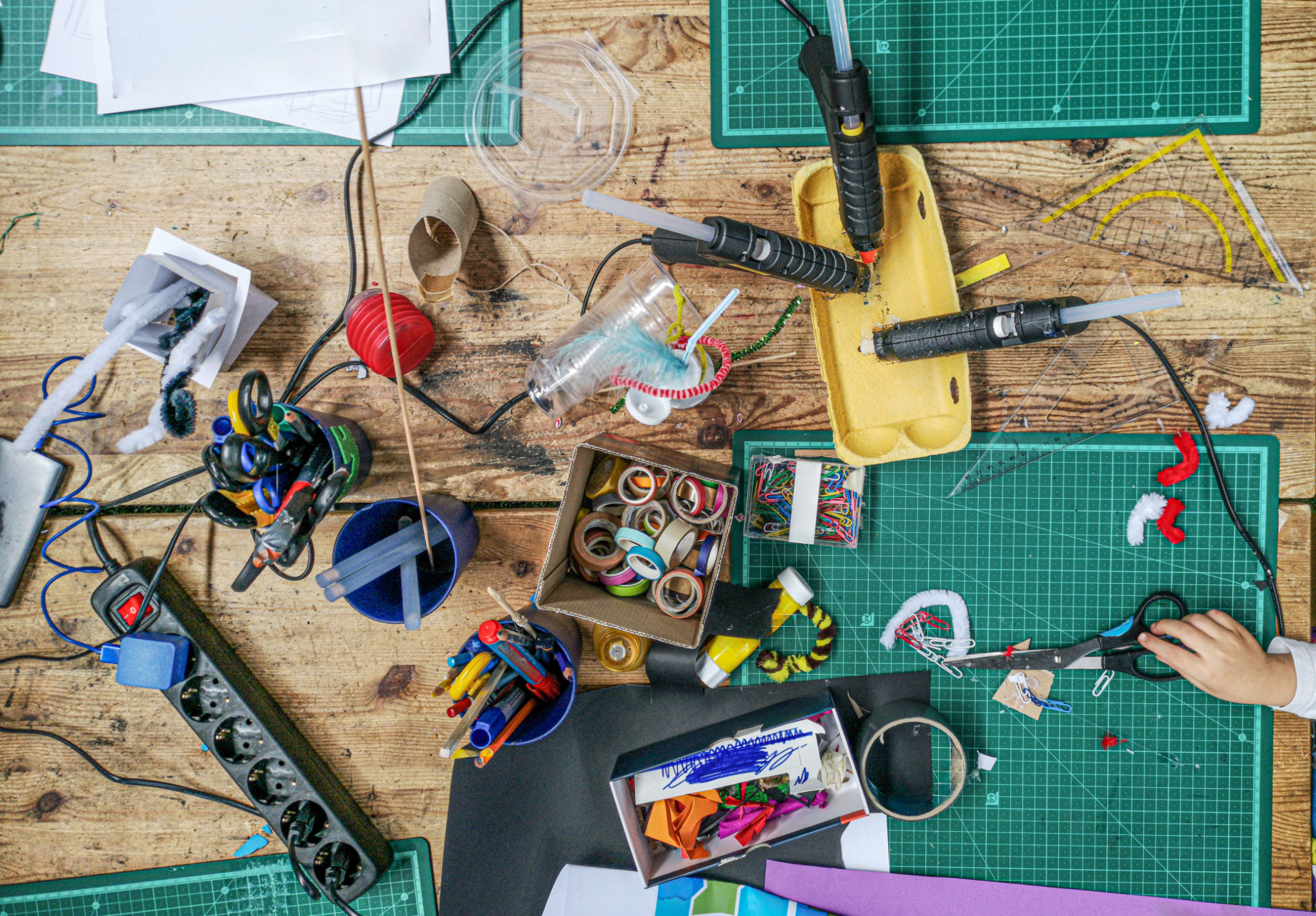Innovative STEM Curriculum Trends Shaping Modern Education
Embracing Technology in the Classroom
In recent years, technology has transformed the educational landscape, and the STEM curriculum is at the forefront of this revolution. Schools are increasingly incorporating digital tools and resources to enhance learning experiences. From interactive whiteboards to educational apps, technology is making STEM subjects more engaging and accessible for students of all ages.
A significant trend is the integration of coding and programming into the curriculum. Recognizing that digital literacy is crucial in today's job market, schools are offering coding classes to students as young as kindergarten. This early exposure helps develop logical thinking and problem-solving skills, setting a strong foundation for future learning.

Project-Based Learning
Project-based learning (PBL) is gaining traction as an effective way to teach STEM subjects. This innovative approach encourages students to work on real-world problems, fostering critical thinking and collaboration. By tackling projects that have tangible outcomes, students can see the relevance of their studies to everyday life, enhancing their motivation and engagement.
PBL often involves interdisciplinary projects that integrate multiple STEM subjects. For example, students might design a sustainable garden, requiring knowledge of biology, mathematics, and environmental science. Such projects not only deepen understanding but also promote teamwork and communication skills.

Virtual and Augmented Reality
Virtual Reality (VR) and Augmented Reality (AR) are emerging as powerful tools in STEM education. These technologies offer immersive experiences that can bring abstract concepts to life. Imagine students exploring the solar system in a virtual environment or dissecting a digital frog in biology class. These experiences can deepen understanding and retention of information.
Moreover, VR and AR can make expensive or dangerous experiments accessible and safe. Students can simulate chemical reactions or conduct virtual dissections without the risks associated with traditional methods. This democratizes access to advanced learning tools and provides equal opportunities for all students.

Focus on Creativity and Innovation
Modern STEM education is increasingly emphasizing creativity alongside technical skills. Encouraging students to think creatively helps them develop innovative solutions to complex problems. Schools are fostering this mindset by providing opportunities for students to design, invent, and experiment.
One popular approach is the establishment of makerspaces within schools. These collaborative workspaces are stocked with tools and materials for students to build prototypes and conduct experiments. Makerspaces promote hands-on learning, allowing students to apply theoretical knowledge in practical settings.

The Role of Professional Development
To successfully implement these innovative STEM curriculum trends, educators themselves need ongoing professional development. Training teachers in the latest technologies and teaching methods is crucial for effective instruction. Schools are investing in workshops and courses that equip teachers with the skills to integrate these trends into their classrooms effectively.
Professional development also encourages educators to collaborate and share best practices, building a community of teachers who are passionate about improving STEM education. This collaborative environment ensures that educators can continuously adapt to new trends and technologies, providing the best possible learning experiences for their students.

